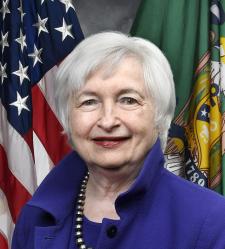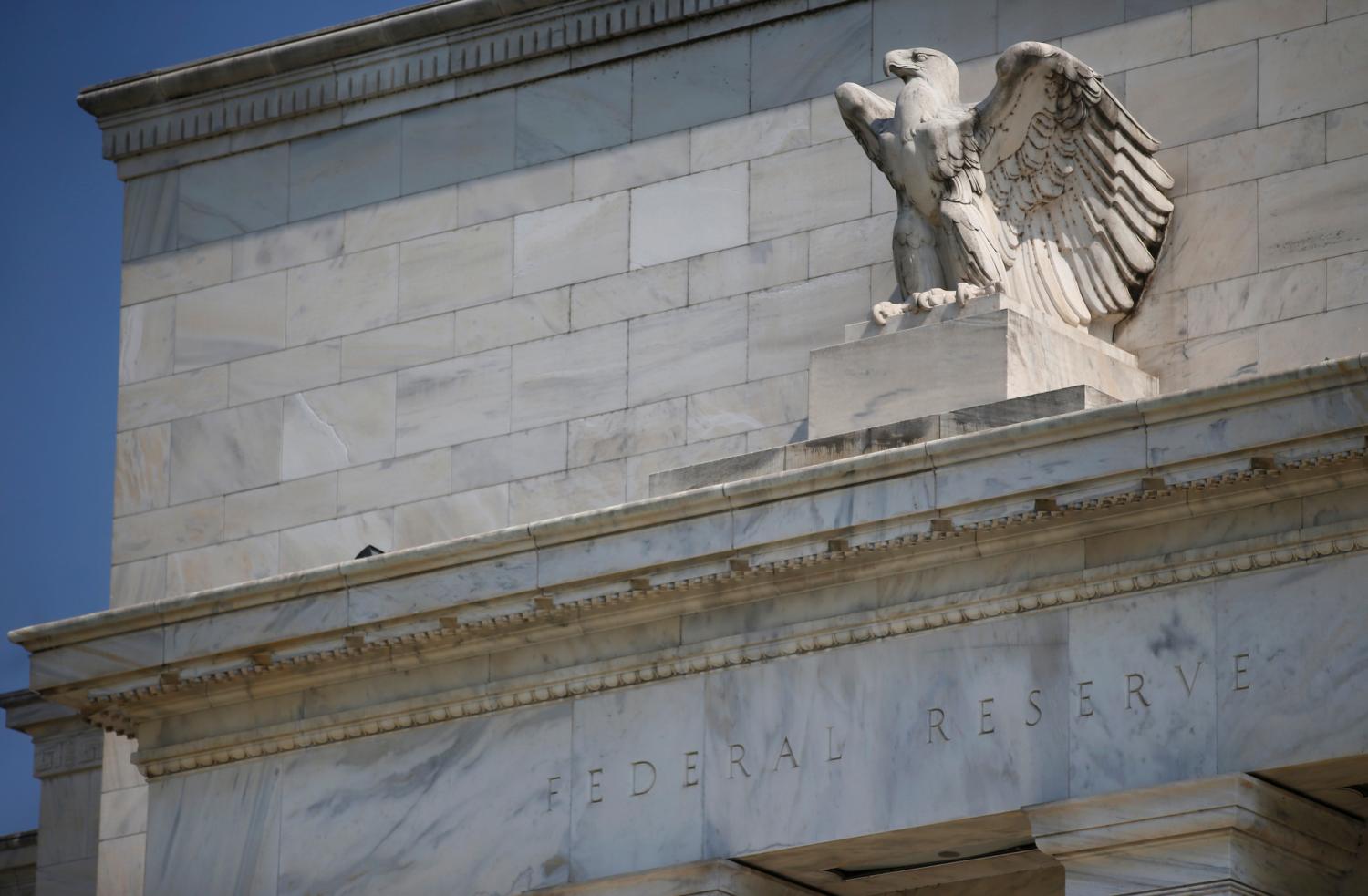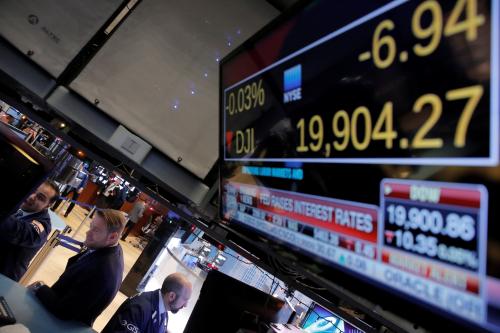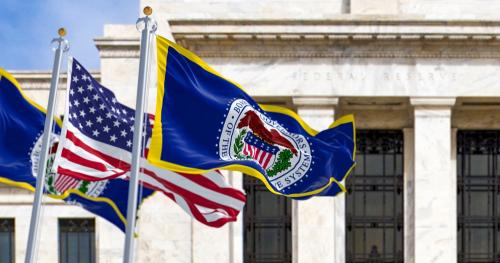This paper is part of the Fall 2018 edition of the Brookings Papers on Economic Activity, the leading conference series and journal in economics for timely, cutting-edge research about real-world policy issues. Research findings are presented in a clear and accessible style to maximize their impact on economic understanding and policymaking. The editors are Brookings Nonresident Senior Fellow and Northwestern University Economics Professor Janice Eberly and James Stock, Brookings Nonresident Senior Fellow and Harvard University economics professor. Read summaries of all five papers from the journal here.
Summary
Economists refer to episodes of interest rates approaching zero as the effective lower bound or zero lower bound. Previous research in the Brookings Papers on Economic Research showed that rates could near the zero lower bound as much as 40 percent of the time—twice as often as predicted by others. In a symposium for the Fall 2018 edition of BPEA, Kristin Forbes, with the MIT-Sloan School, James Hamilton, University of California, San Diego, Eric Swanson, University of California Irvine, and Brookings Distinguished Fellow-in-Residence Janet Yellen discuss how policymakers should act during episodes where interest rates near the effective lower bound and what it could mean for central bankers’ ability to set monetary policy.
The authors did not receive any financial support from any firm or person for this article or from any firm or person with a financial or political interest in this article. They are currently not an officer, director, or board member of any organization with an interest in this article.
The Brookings Institution is committed to quality, independence, and impact.
We are supported by a diverse array of funders. In line with our values and policies, each Brookings publication represents the sole views of its author(s).








